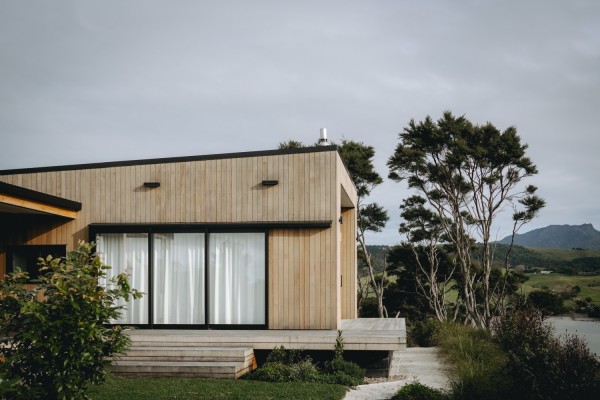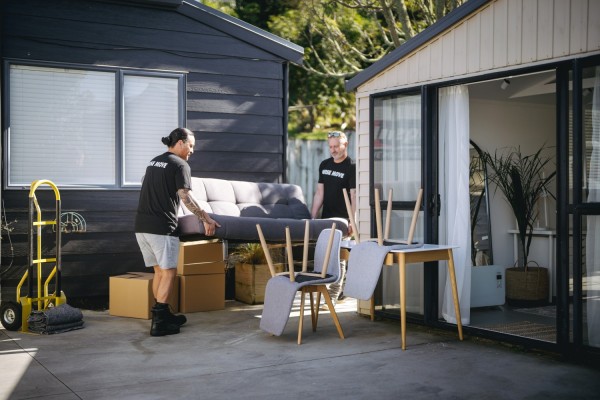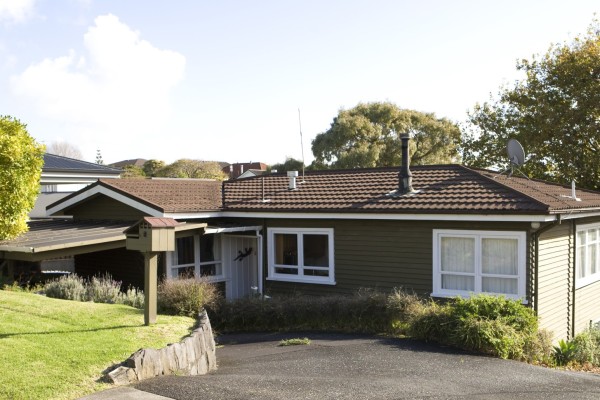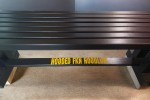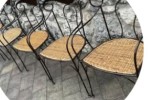Joinery Options for New Zealand Homes: UPVC, Aluminium, v Timber
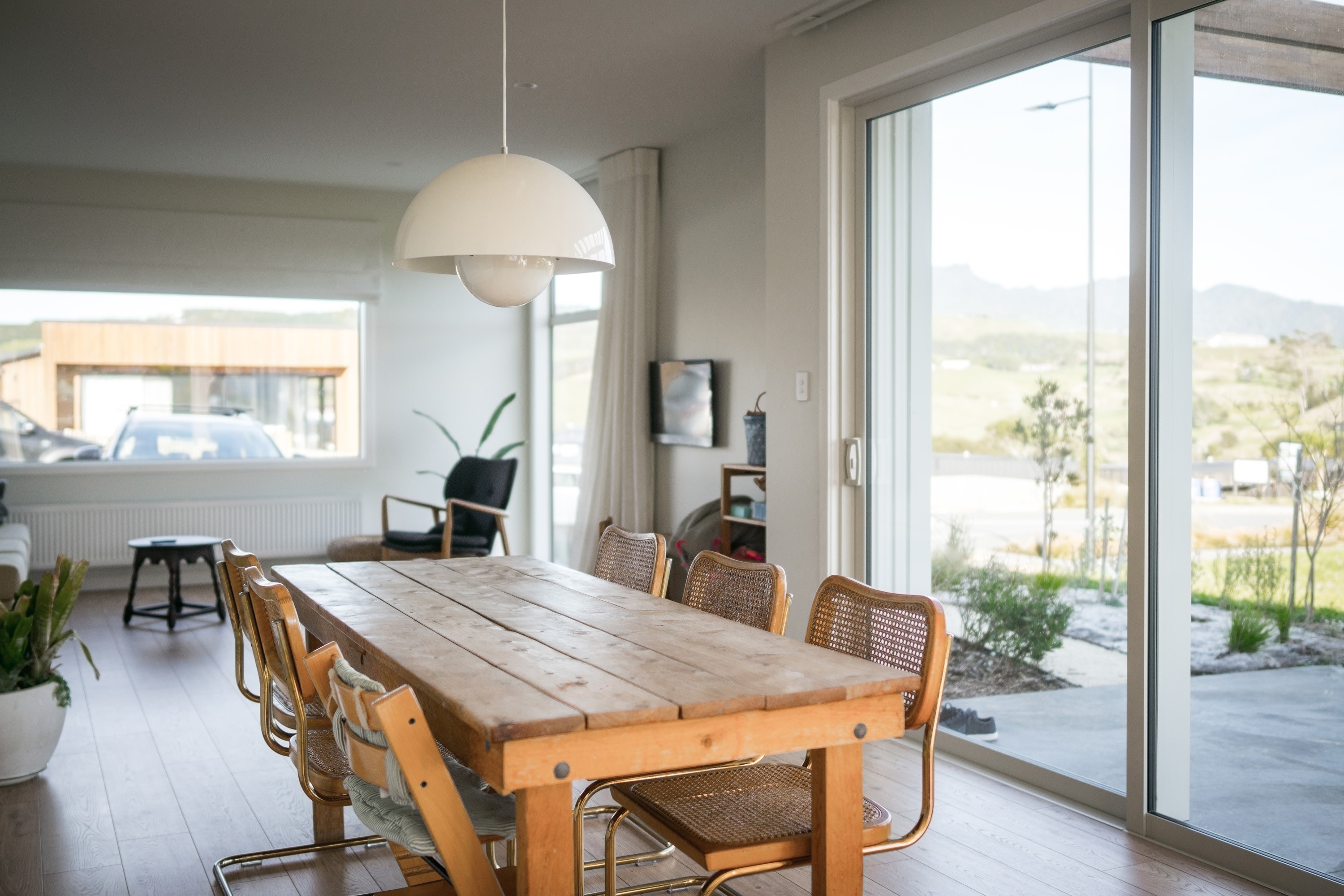
When it comes to choosing the right joinery material for your home, there are several factors to consider. Joinery not only affects your home's aesthetics but also its energy efficiency, durability, and overall performance. If you are building a house, renovating or retrofitting, it’s important to consider the pros and cons of different types of joinery. In New Zealand, the most common types are uPVC, aluminium and timber.
Why invest in your joinery?
Many New Zealand homes have historically needed to be more under-insulated, leading to energy inefficiency, discomfort, and unnecessarily high energy bills. Unfortunately, many homes lack proper insulation, resulting in significant heat loss during winter, damp and mould.
How to Choose the Best Joinery for Your New Zealand Home
The best joinery material for your New Zealand home depends on various factors, including your aesthetic preferences, budget, and performance requirements. If energy efficiency is a top priority, UPVC and timber joinery with double or triple glazing are excellent choices. Aluminium joinery with thermal breaks can also provide energy efficiency benefits.
Consider the unique climate conditions of where you live, the architectural style of your home, and your long-term maintenance expectations when making your decision. Consulting with a qualified joinery specialist can help you make an informed choice.
Aluminium Joinery
Aluminium joinery is known for its sleek and modern appearance, making it a popular choice for contemporary homes. While aluminium is a conductive material, advancements in thermal break technology have improved its energy efficiency.
Aluminium is the most common joinery found in New Zealand homes. However, due to its high conductivity, aluminium frames promote heat transfer between the indoors and out, increasing the formation of condensation on the colder surfaces of windows and doors.
In many New Zealand homes, condensation contributes to mould growth and dampness, which is a leading cause of child-related illnesses. Since 2021, increases in the building code mean builders have to add
Advantages of Aluminium Joinery:
-
Slim profiles: Aluminium frames allow for larger glass panels, maximising natural light and views.
-
Strength: Aluminium is robust and weather-resistant, suitable for harsh weather conditions.
-
Customisation: Powder coating enables a wide range of colour options to match your home's design.
-
Recyclability: Aluminium is highly recyclable, making it an environmentally friendly choice.
Timber Joinery
Timber joinery offers a classic and timeless aesthetic, giving homes a sense of warmth and character. It is a renewable and sustainable material, making it an appealing choice for environmentally conscious homeowners.
Advantages of Timber Joinery:
-
Natural beauty: Timber frames offer a unique and warm appearance, enhancing the aesthetics of your home.
-
Insulation: Wood naturally provides thermal insulation, helping to regulate indoor temperatures.
-
Repairability: Timber frames can be easily repaired or refurbished if damaged.
-
Environmental benefits: Timber is a renewable resource and has a lower carbon footprint compared to other materials.
Double and Triple Glazing
Regardless of the joinery material you choose, opting for double or triple glazing can significantly enhance your home's energy efficiency. Double glazing involves two layers of glass with an insulating layer of air or gas in between, while triple glazing includes three layers. These layers reduce heat transfer and noise infiltration, making your home more comfortable year-round.
UPVC Joinery
Unplasticized Polyvinyl Chloride (UPVC) has gained popularity in the New Zealand market due to its modern aesthetics, energy efficiency, and low maintenance requirements. UPVC windows and doors are known for their exceptional thermal insulation properties, helping to keep your home warm in the colder months and cool during summer.
While uPVC is the global standard, New Zealanders have been slower to embrace this higher level of insulation.
Advantages of UPVC Joinery
-
Excellent thermal insulation: UPVC frames have multiple chambers that create insulating air pockets, preventing heat transfer.
-
Low maintenance: UPVC doesn't require painting or sealing, making it easy to maintain.
-
Durability: UPVC is resistant to moisture, corrosion, and termites, making it suitable for New Zealand's varied climate.
-
Noise reduction: The material's density helps reduce external noise, enhancing the comfort of your home.
What is the best joinery for a New Zealand home?
UPVC is the best joinery for a New Zealand home. It’s the global standard for energy-efficient homes and for good reason. UPVC's advanced thermal insulation properties are second to none, making it a game-changer for countries with diverse climates like New Zealand.
The multiple chambers within UPVC frames create an effective barrier against heat transfer, keeping homes warm in winter and cool in summer. As homeowners strive to reduce their carbon footprint, UPVC offers an opportunity to achieve energy savings and contribute to a sustainable future.
There are additional reasons to invest in UPVC: changes to the building code. The New Zealand building code has evolved to address the insulation crisis over the years. The code now emphasises energy efficiency and sustainability, recognising the importance of well-insulated homes. Aluminium joinery, once a common choice due to its sleek appearance, now needs additional thermal enhancements to meet the updated building code. This shift has levelled the playing field, narrowing the price gap between aluminium and UPVC joinery.
Investing in the Best: UPVC as the Smart Choice
With the building code requiring higher insulation and energy efficiency levels, the price difference between aluminium and UPVC joinery is less significant. New Zealanders looking to invest in their homes' future should seriously consider UPVC as the smart choice. The benefits of UPVC, from exceptional thermal performance to low maintenance requirements, position it as an ideal solution to address the insulation crisis and create a more sustainable living environment.
What do our customers say?



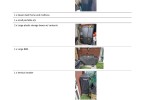
For every (wise)move



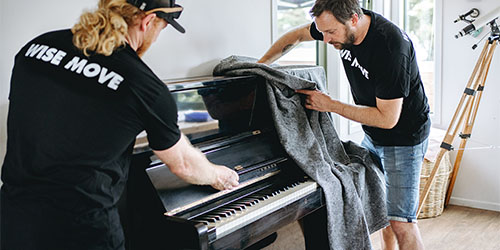




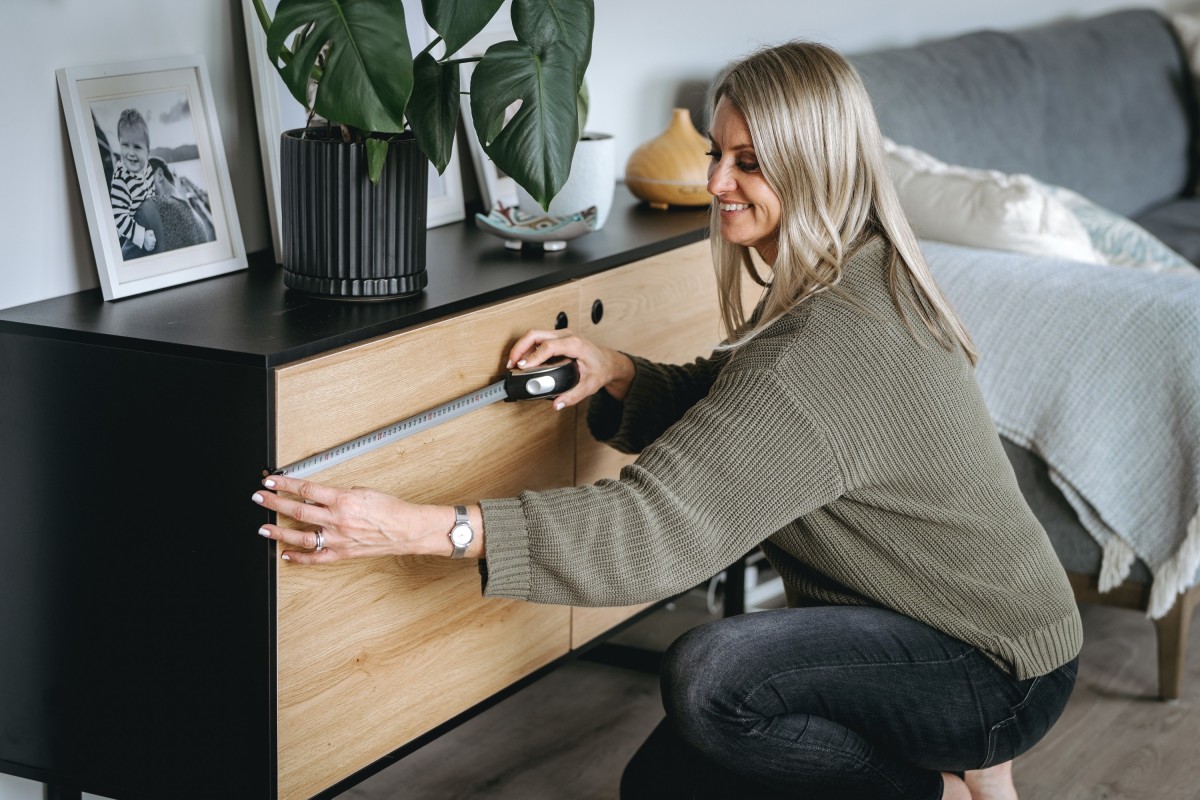
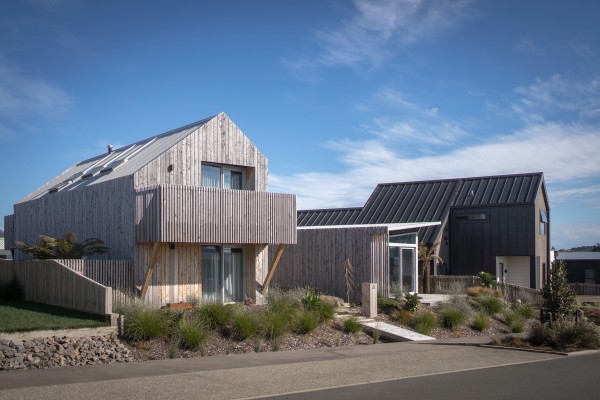
![What does it cost to build a new house in New Zealand? [2025] What does it cost to build a new house in New Zealand? [2025]](https://cdn.wisemove.co.nz/image/blog/ffd5dbdc5eec7e9eb3ad049d6c5c7f4d.jpeg)

